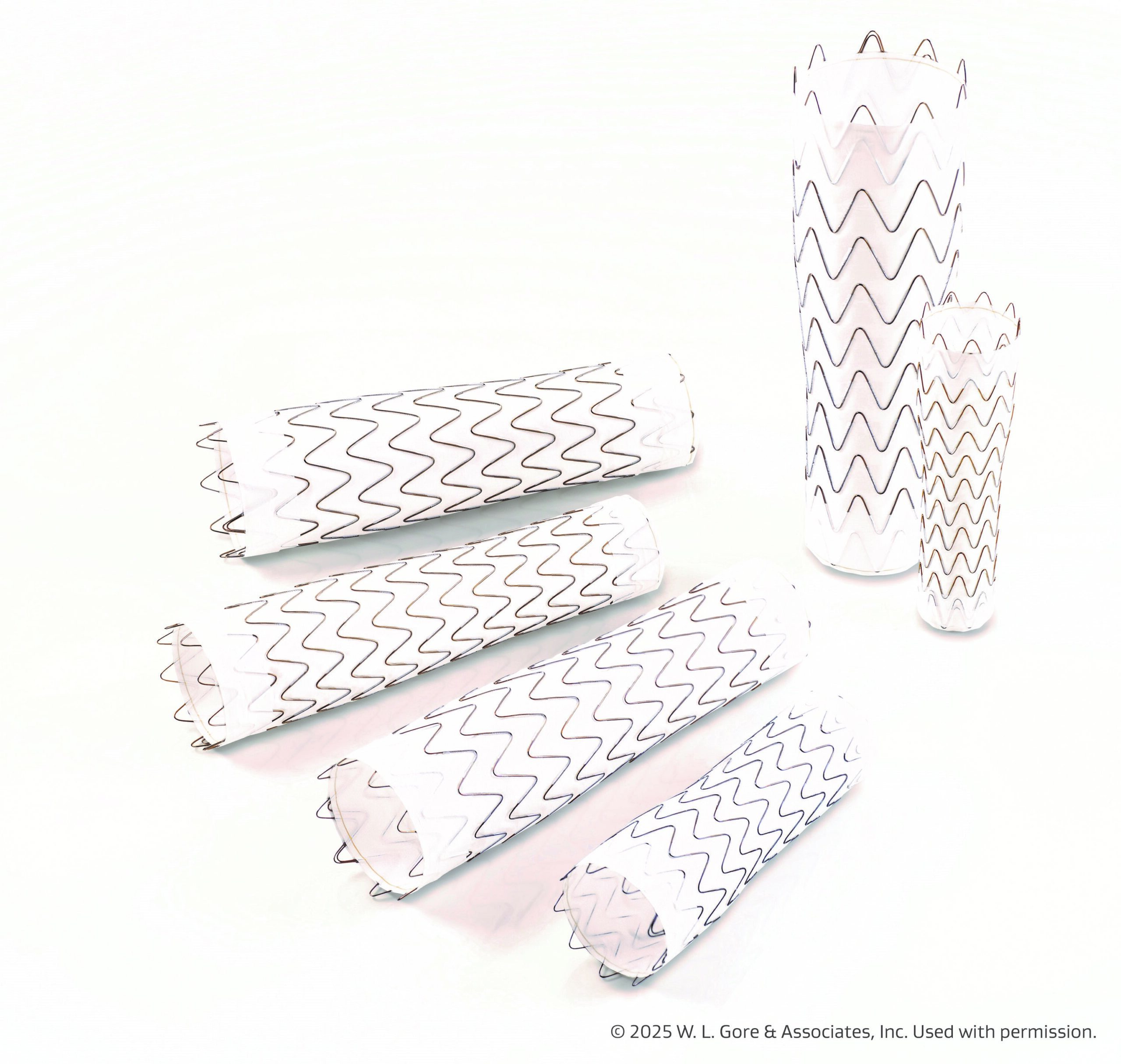In an article in CMAJ Open, researchers described their process of using population-level data to develop clinical models that accurately predicted length of intensive care unit (ICU) stay after cardiac surgery in hospitalized patients.
According to the report, the team’s prediction models outperformed the current statistical models. Lead author Alexandra Fottinger suggested the models could inform performance benchmarks based on expected length of hospitalization after cardiac surgery, and support patient-focused operations decisions.
Model Predicts Extended ICU Stays After Cardiac Surgery
The models were trained on data from 105,193 patients who underwent coronary artery bypass graft and valvular or thoracic aorta surgeries in Ontario between October 2008 and September 2019. The derivation and validation cohorts included 73,870 and 28,901 patients, respectively. The primary end point was the length of the hospital stay.
Across all patients, 2422 (2.3%) had an extended length of stay of more than 30 days. Authors identified factors that predicted a prolonged stay, including age, female sex, procedure type and urgency, comorbidities such as frailty, high-risk acute coronary syndrome, heart failure, reduced left ventricular ejection fraction, and psychiatric and pulmonary circulatory disease.
The authors’ continuous outcome model reportedly predicted length of stay with a mean absolute error of 2.0 days in the validation cohort. Of note, the researchers stated their binary outcome model showed a C statistic of 0.92, compared with the EuroSCORE C statistic of 0.71 (interquartile range, 0.69-0.72), for predicting prolonged hospital stays, which were defined as more than 12 days.
“Care, outcomes, and patient satisfaction may be substantially improved if clinical judgment is supported by objective quantification in the planning of care,” the authors summarized. “Shared decision-making through a thorough discussion of evidence-based estimates of risk and benefits of treatment options with patients and caregivers is vital to patient-centered care.”







 © 2025 Mashup Media, LLC, a Formedics Property. All Rights Reserved.
© 2025 Mashup Media, LLC, a Formedics Property. All Rights Reserved.